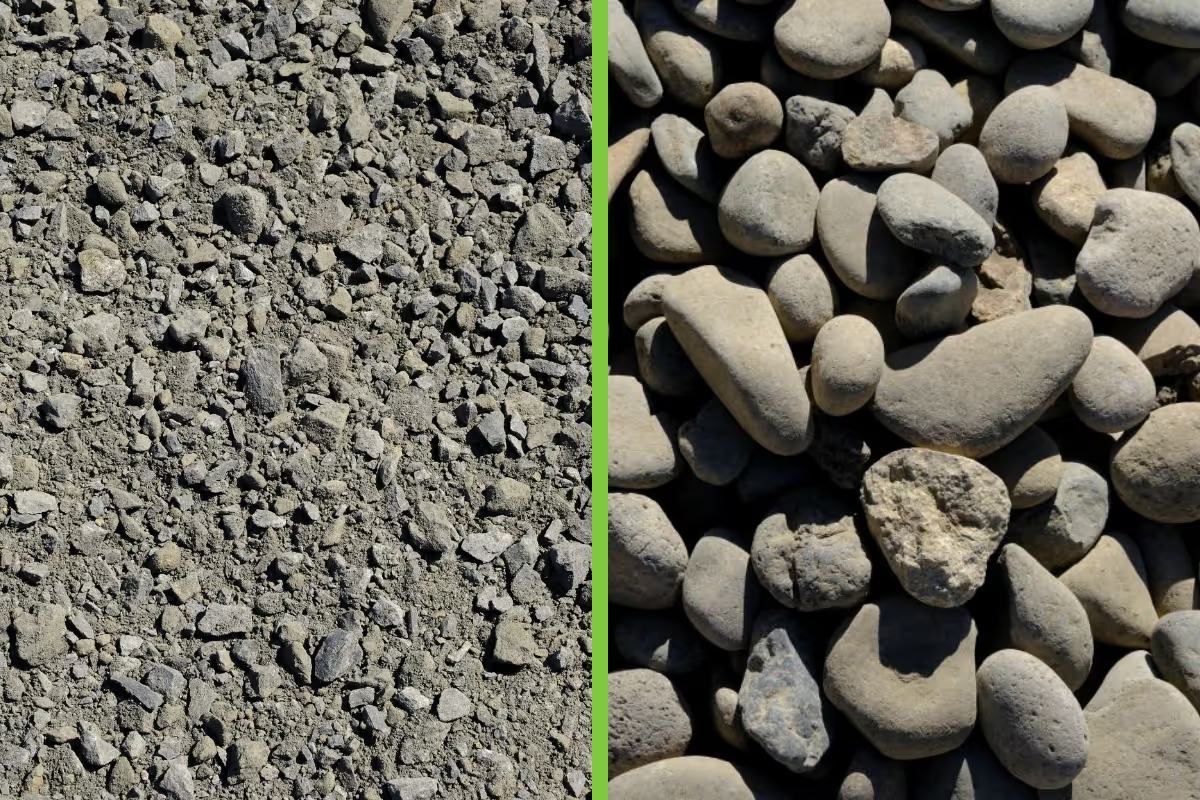When it comes to landscape rock, not all materials behave the same. One of the biggest distinctions to understand is compaction—how tightly a material can be packed down. At Schlegel Barkdust & Landscape Supplies, we offer a wide range of rock products, and choosing between high compaction and low compaction options can make or break your project.
Here’s what you need to know.
What Is Compaction in Landscaping?
Compaction refers to how densely a material can be packed together, reducing air pockets and creating a firm, stable base. In landscaping, the degree of compaction matters because it affects drainage, load-bearing strength, erosion resistance, and long-term stability.
- High Compaction Rock packs tightly to form a solid base and is best for surfaces that need to support weight or resist shifting. These rocks tend to contain “fines” —very small particles, including stone dust—that fill the gaps between larger stones. They also tend to have an angular shape with sharp edges tends to lock together tightly when compacted, making it ideal for structural applications.
- Low Compaction Rock is more decorative and free-draining. It doesn’t compact as tightly and allows water to flow through easily. Rounded rock, like river rock or pea gravel, resists locking into place and stays loose, making it better for decorative or drainage-focused projects. They also tend to contain low or no amounts of fines.
When to Use High Compaction Rock
Use high compaction rock in areas that need a strong foundation or consistent surface. Common applications include:
- Driveways and parking areas
- Walkways and patios
- Base layers under pavers or flagstone
- Foundation backfill and retaining walls
These rocks are ideal for creating structural integrity, preventing shifting, and reducing settling over time.
High Compaction Rock Products at Schlegel Barkdust
 |
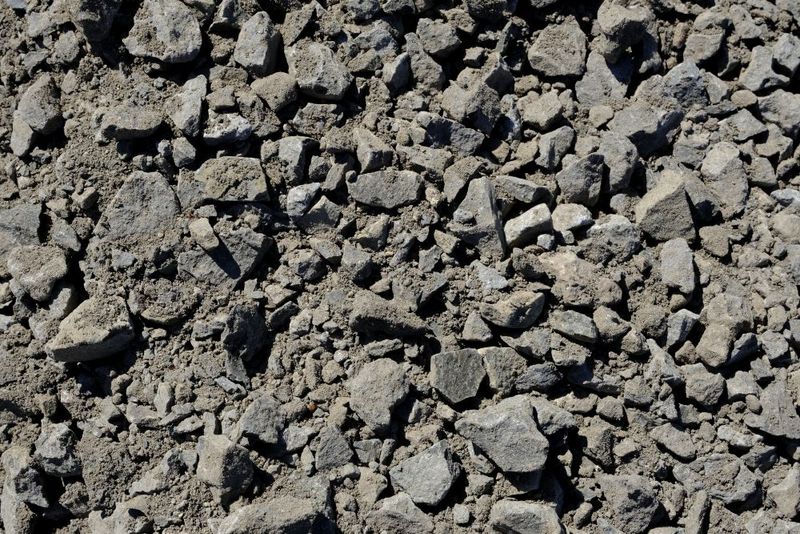 |
1/4 Minus Rock
|
3/4 Minus Rock
|
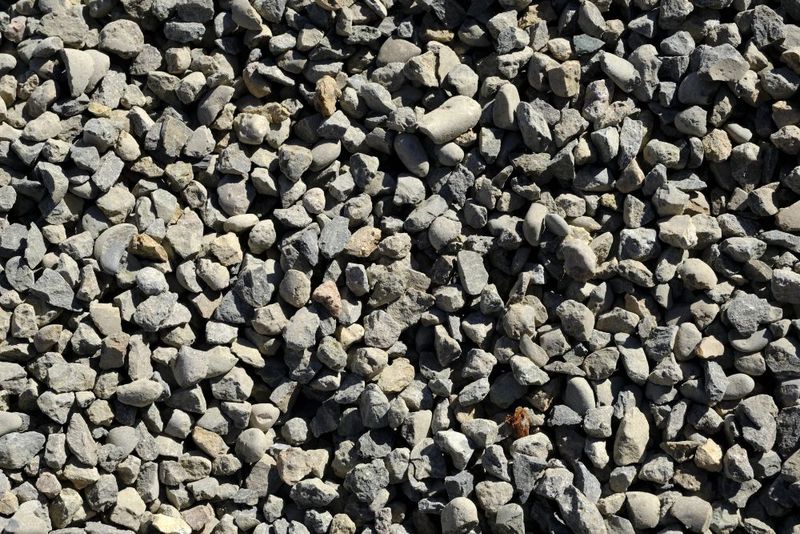 |
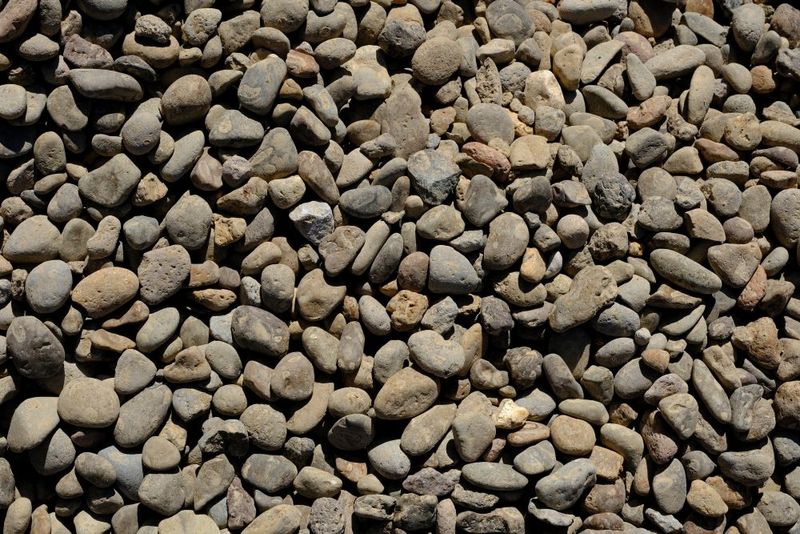 |
Walking Gravel
|
Cement Rock
|
When to Use Low Compaction Rock
Choose low compaction rock when your primary goals are aesthetic appeal, drainage, or erosion control. These rocks are ideal for:
- Dry creek beds and water features
- Topdressing garden beds or tree wells
- Mulch alternatives in xeriscaping
- Loose pathways or stepping stone filler
- Decorative groundcover in planting beds
Low compaction rock is less stable underfoot, so it's not the best choice for heavy-traffic areas—but it excels at creating visual contrast and improving drainage.
Low Compaction Rock Products at Schlegel Barkdust
 |
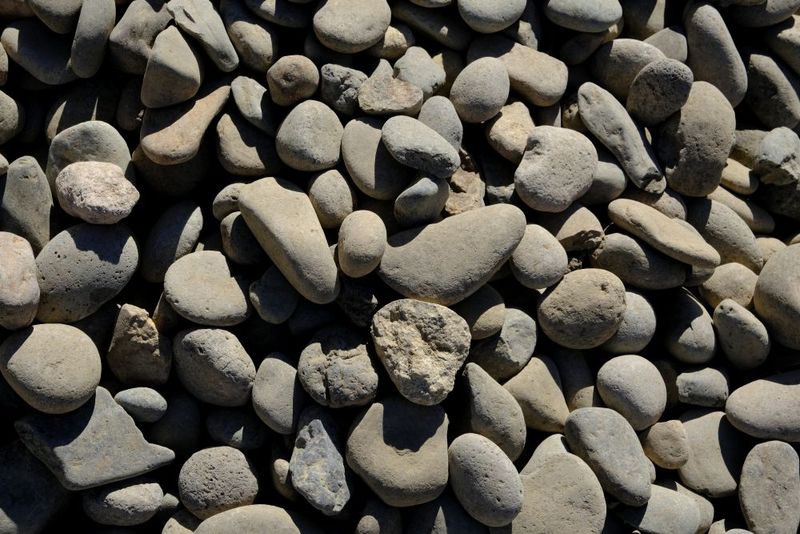 |
Pea Gravel
|
River Rock
|
 |
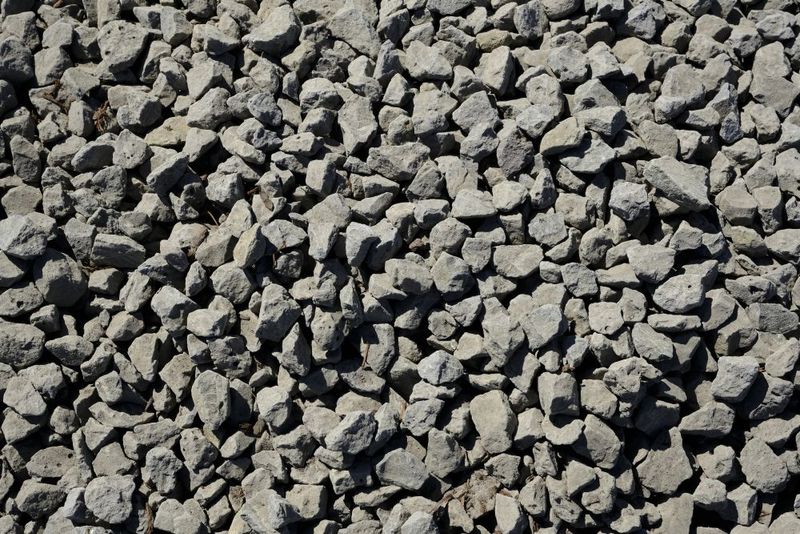 |
Montana River Rock
|
Drain Rock
|
Choosing the Right Rock for the Job
To select the best rock for your project, consider:
- Traffic Load: Will the surface bear weight from people or vehicles? Choose high compaction.
- Drainage Needs: Want water to drain freely? Go with low compaction.
- Design Intent: Want a natural or decorative look? Low compaction options offer variety and color.
- Erosion Control: Either type can help, but high compaction provides stability where needed.
Need Help Deciding?
Stop by Schlegel Barkdust or give us a call. Our team is happy to walk you through the pros and cons of each product and help you select the right material for your landscaping needs.

